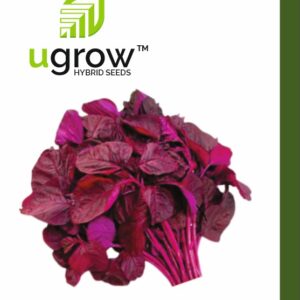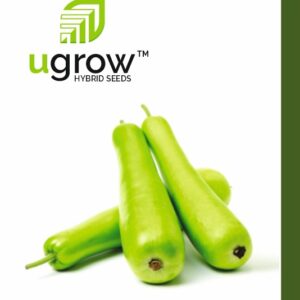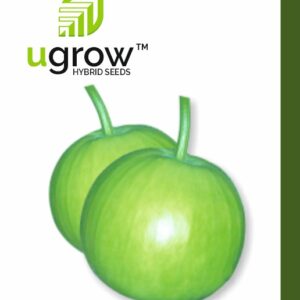Seedless Cucumber Hybrid Seeds
₹ 40.00
Seedless Cucumber Seeds
About this item
- Number of Cucumber Seedless seeds (30-40 Seeds)
- Sowing season: Feb-Jul
- Sowing method: Direct
- Germination Time: 5-6 Days from sowing
- Germination temperature: 25 to 35°C
- Harvesting: 46-60 Days
Free delivery on order above Rs 200
Images are for reference purposes only. Actual product may vary in shape or appearance based on climate, age, height, etc. The product is replaceable but not returnable
Seedless cucumbers, also known as English cucumbers or hothouse cucumbers, are typically grown from hybrid varieties that produce fruits without mature seeds. These cucumbers are longer and have thinner skins compared to traditional varieties, and they tend to have smaller, softer, and less developed seeds.
To grow seedless cucumbers:
- Select a Suitable Variety: Look for seedless or parthenocarpic cucumber varieties. These varieties do not require pollination to produce fruit, so they can be grown in environments where pollinators might be limited, such as indoor gardens or greenhouses.
- Prepare the Soil: Cucumbers prefer well-draining, fertile soil. Ensure the soil is enriched with organic matter and has a slightly acidic to neutral pH level (around 6.0 to 7.0).
- Planting: Seedless cucumber seeds can be started indoors or directly sown into the ground, depending on the growing season and local climate. If starting indoors, plant seeds in biodegradable pots a few weeks before the last expected frost date.
- Transplanting: Once the seedlings have developed a few true leaves and the risk of frost has passed, transplant them outdoors. Space the seedlings about 12 to 24 inches apart in rows that are 3 to 5 feet apart to allow for proper growth and airflow.
- Support and Trellising: Seedless cucumbers benefit from support as they grow. Consider using trellises, stakes, or cages to support the vines and encourage upward growth, which can also help prevent fruits from touching the ground.
- Watering: Keep the soil consistently moist but not waterlogged. Cucumbers require regular watering, especially during hot and dry periods. Mulching around the plants can help retain soil moisture.
- Fertilization: Apply a balanced fertilizer according to the manufacturer’s instructions. Side-dress the plants with compost or a nitrogen-rich fertilizer during the growing season to support healthy growth.
- Pest and Disease Control: Keep an eye out for common cucumber pests like aphids, cucumber beetles, and powdery mildew. Use organic or chemical methods as needed to control pests and diseases.
- Harvesting: Seedless cucumbers can be harvested when they reach the desired size and color. Cut the cucumbers from the vine using sharp scissors or pruners to avoid damaging the plant.
Remember to check the specific requirements of the seedless cucumber variety you’re growing, as different hybrids might have slightly different needs regarding temperature, sunlight, and care.
Additional information
| Quantity | 25 |
|---|















Reviews
There are no reviews yet.